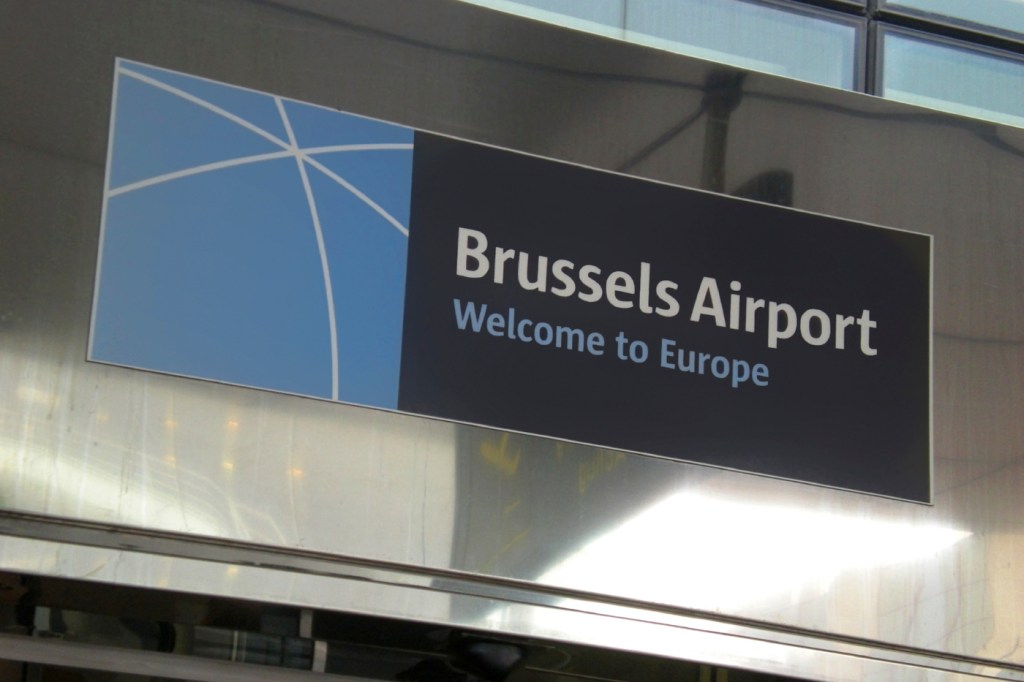Faculty experts examine a range of issues in Brussels attacks

The horrific bombings in Brussels on Tuesday morning killed dozens and injured hundreds at the city’s airport and a train station, leaving another European nation reeling after a terrorist attack and generating more questions about the ongoing fight against terrorism.
We asked an interdisciplinary group of faculty members for their insights into various aspects of these attacks, with a particular focus on Brussels as a target, investigations into acts of terrorism, and community resiliency.
Max Abrahms, assistant professor of political science, and terrorism theorist
What’s most remarkable about the Belgium attacks?
What’s most remarkable is the size of the terrorist network. It’s become clear that the perpetrators of the Brussels attacks were connected to the Paris attacks—part of a network of more than 35 people. That’s a huge number of people and deeply worrisome. Political scientists have found that there is power in numbers. All else equal, organizations tend to gain capability as the number of members grows.
Indeed, the number of fighters is commonly used as a proxy to measure militant group capability. This is a reasonable measure because research has found a strong correlation between the membership size of a group and the amount of bloodshed it inflicts. Of course, even a lone wolf terrorist can inflict lots of harm. The American lone wolf terrorist Timothy McVeigh killed 168 people in the mid-1990s. But a single person cannot easily sustain a campaign. Two Islamic State-inspired attackers managed to kill 14 people at a Christmas party this past December in San Bernardino, California. Can you imagine how much more damage they could have inflicted with a network of more than 35 people? So, I am most struck by the size of the network involved in the Belgium attacks. This is really the nightmare we worried about, as large numbers of foreign jihadists are returning to the West not with peace on their minds.
Mai’a Cross, associate professor of political science and international affairs, who studies European politics, security policy, and crises
Why would Brussels be a target for a terrorist attack?
While Belgium has contributed more per capita to fighting Da’esh than any other European Union country, an attack like this could have happened in any number of European cities. Moreover, there have been numerous Da’esh-inspired attacks all over the world. To the extent that the threat in Europe is somewhat higher, it is largely because of its relative proximity to the Middle East, its relatively open borders, and the return of possibly up to 5,000 jihadis who have received training in Iraq and Syria. These foreign fighters have set up transnational networks across Europe, and Brussels’ Molenbeek neighborhood is a particular hotspot for these networks.
Daniel Aldrich, professor of political science, public policy, and urban affairs and co-director of the Security and Resilience Program
You write about the importance of social capital in building resilience in the wake of disasters and emergencies. How has our ability to build that resilience changed as the ISIS attacks proliferate?
Resilience to terrorism will not come from tighter security checks, checkpoints, drone campaigns, or the deployment of special forces. Instead, resilience—the ability of individuals and communities to resume the rhythms of daily life after a major shock—comes from the connections we have to family, friends, neighbors, and colleagues.
We have great data from a number of shocks, including terrorist attacks, natural disasters, and even nuclear catastrophe, which show that people who are engaged with their communities, who interact with their neighbors, who participate in festivals and religious events, are the ones who bounce back quickest. People who vote, who give blood, who pick up trash during local campaigns create support systems for themselves that help them even during the worst crises. Even if ISIS attacks continue to kill innocent civilians in Europe and if terror attacks continue around the globe, those sources of resilience will not change.
Adam Hall, director of the Core Mass Spectrometry Facility in the College of Science and an expert in forensic and analytical chemistry
How has forensic collection and investigations evolved in recent years, as these attacks have become more common?
Investigations of post-blast events have not changed dramatically in recent years. However, the importance of social media, mobile devices, and computer forensics have become a critical part of many investigations over the past several years, and valuable information can be obtained from a detailed review of these sources of information.
Analytical technologies for the detection of post-blast residues become more sensitive and discriminating over time, which can also be helpful to the investigation process. As more of these events occur worldwide law enforcement, as well as crime scene responders, gain valuable insight into the uniqueness of investigating a post-blast crime scene. This is experience that is essential to the investigation although no one hopes for these events to occur in order to gain this insight.
Knowledge of how the bombers fabricated a device can help to direct an investigation. However, in the absence of this information numerous items of interest will still be identified, collected, and packaged during the course of these investigations for further analysis.





